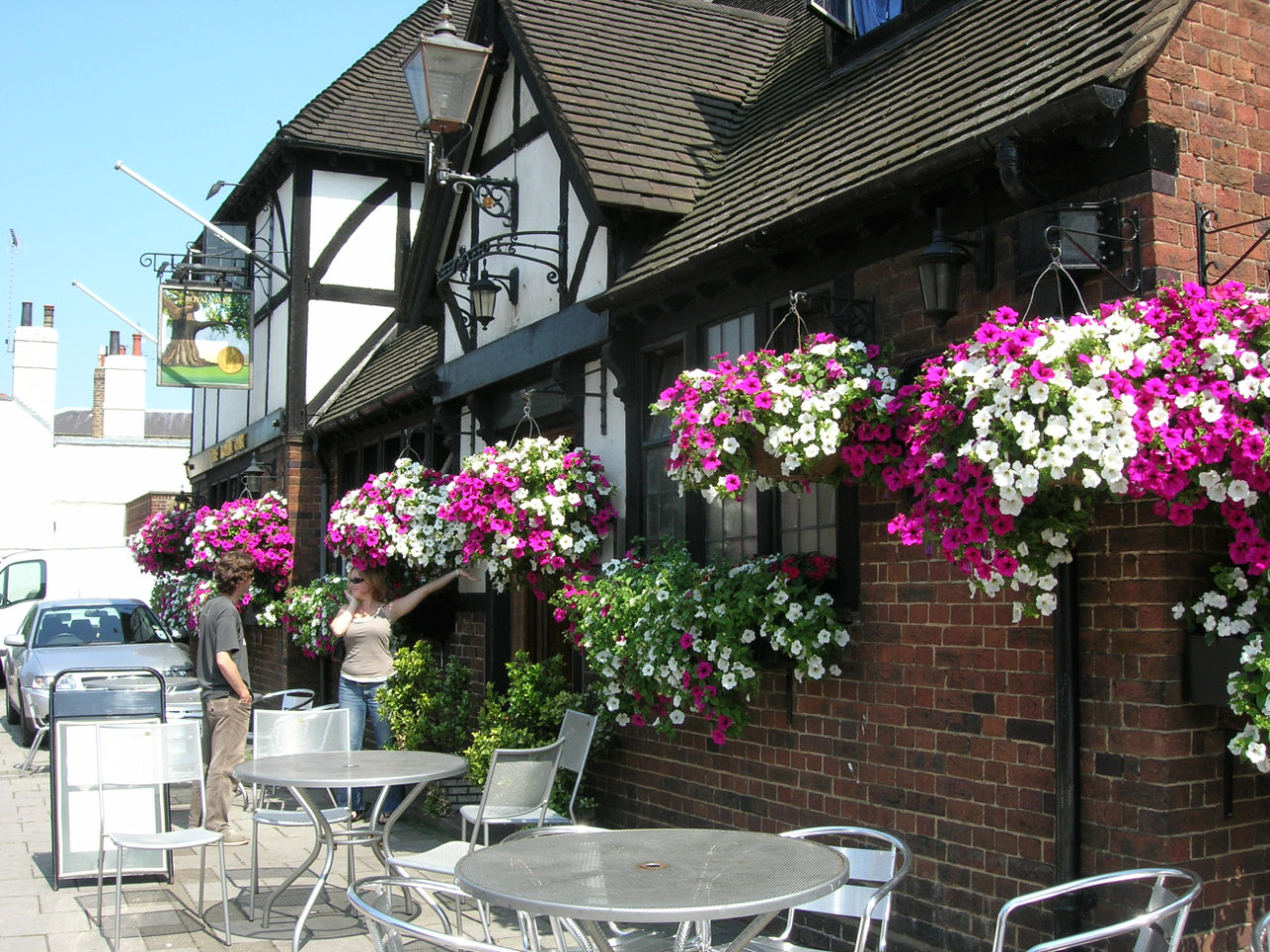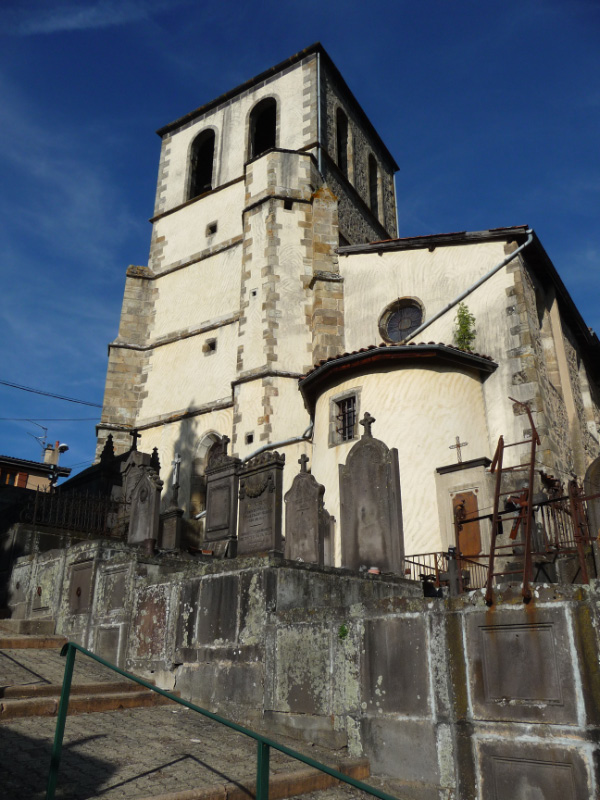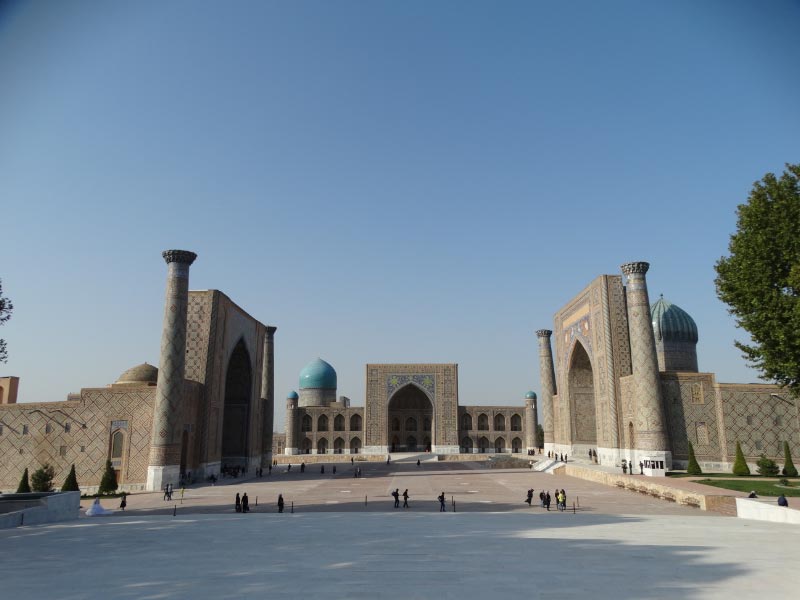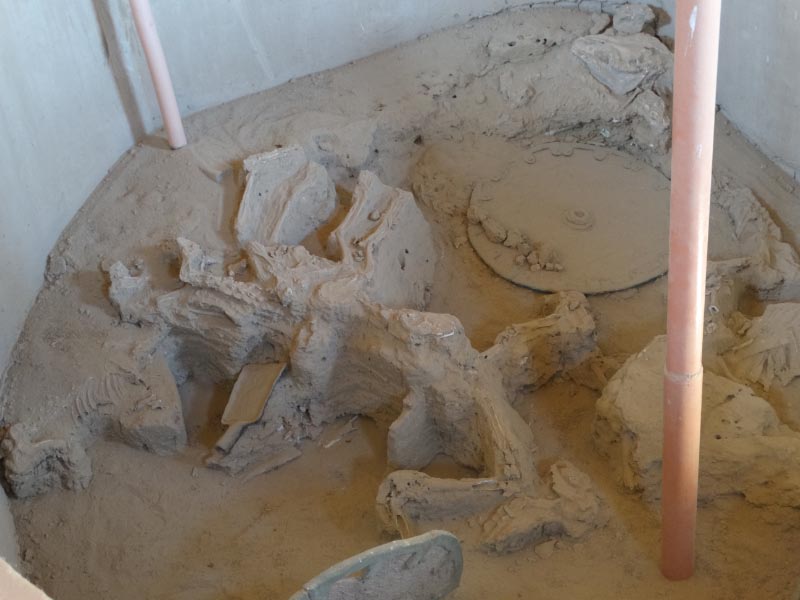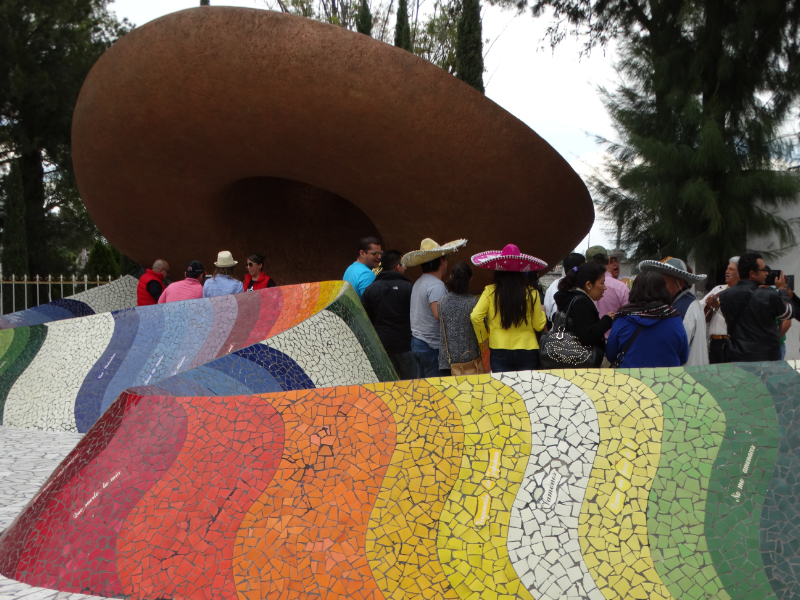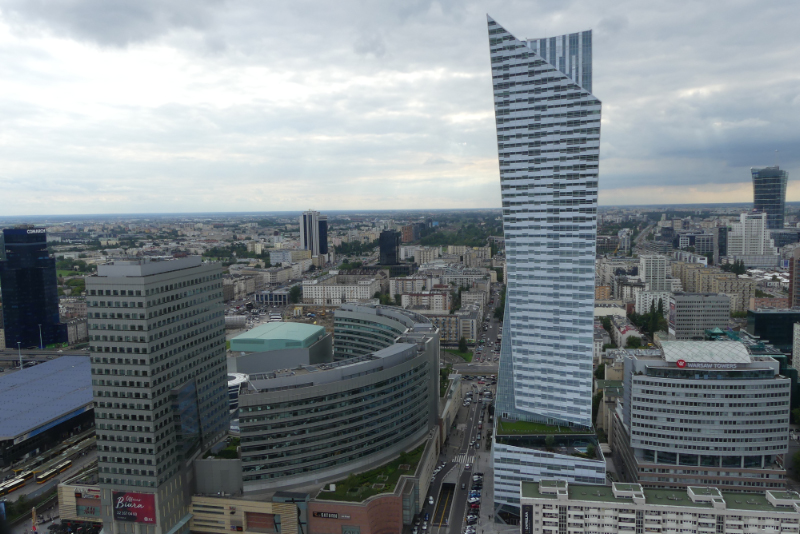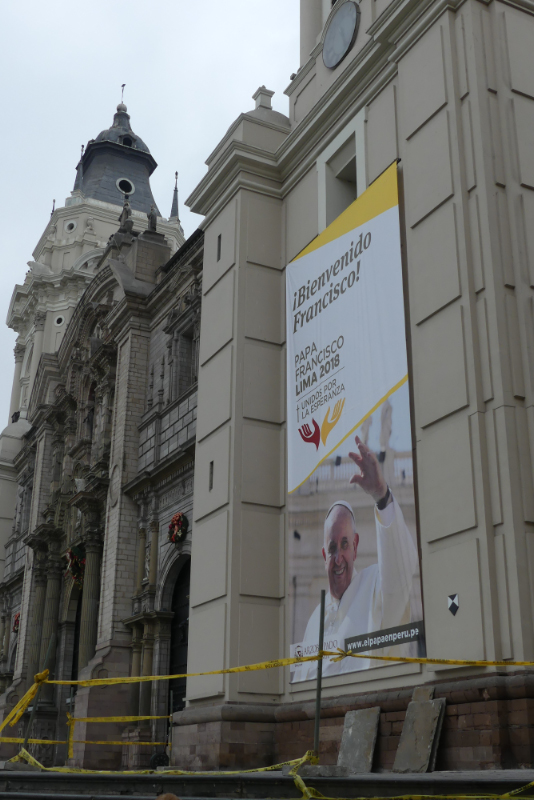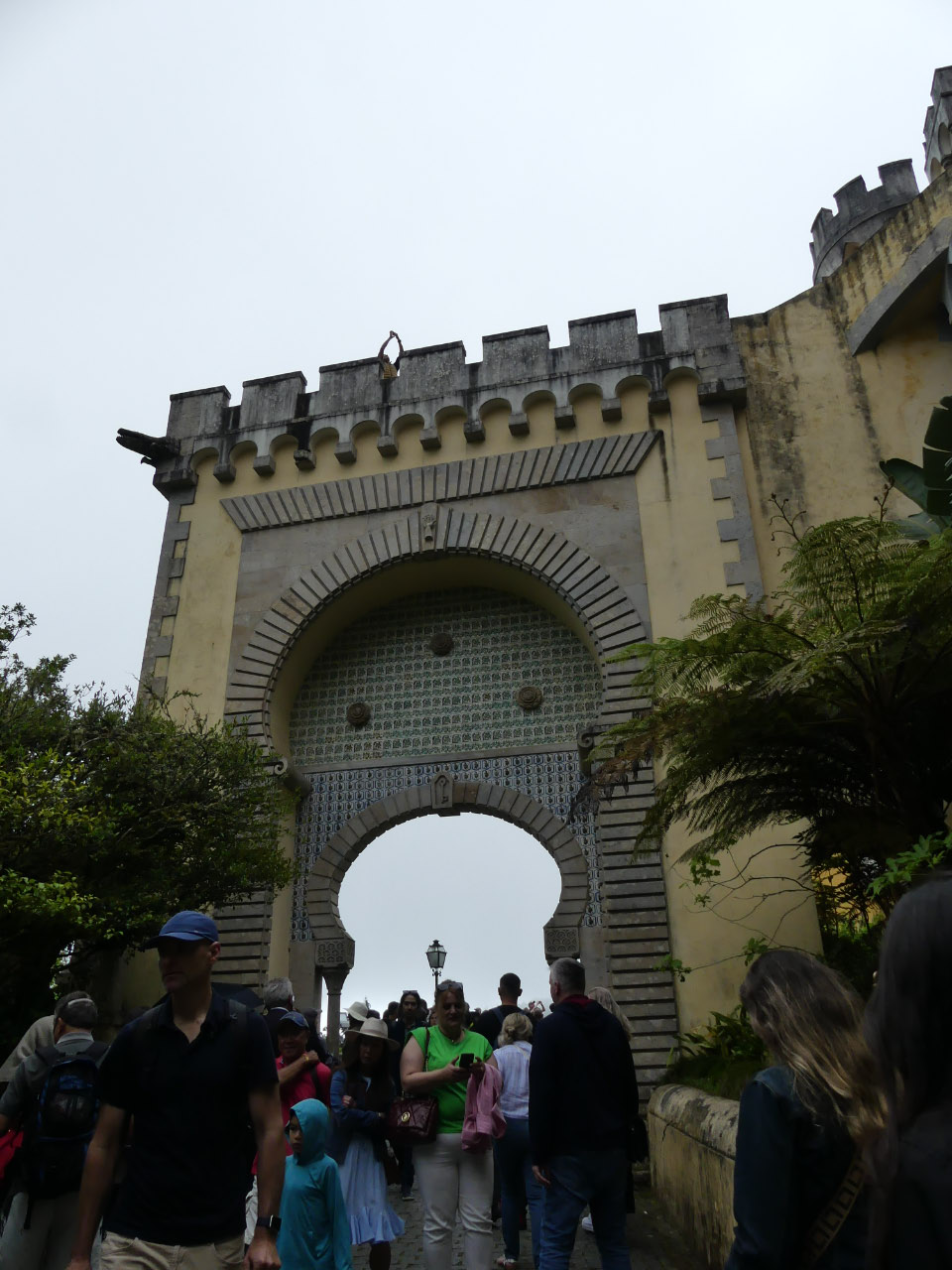Thursday 18 – Saturday 20 September
Xi’an is a smaller city in China of 8 million, whose major industries are education, health including medicine, manufacturing and car manufacturing.
Pomegranate farms abound and it was one such farmer, Mr Yang who was digging a well and discovered a piece of pottery in 1974.
Since then Xi’an has thrived on tourism. In fact in 2013 a bullet train reduced the 11-12 hour road journey to 4.5 hours from Beijing. And our train was full of tourists.
The terracotta warriors marked the end if the Qin dynasty. The emperor was so intent on providing for his defence and his needs in the afterlife that he had 700,000 workers start building the Great Wall that now stretches from Mongolia to the west of China and building his mausoleum.
Qin united 7 countries in north eastern China. He unified the currency to a round disc with a square hole in the centre. This coin style was in circulation for over 2000 years until the cultural revolution. He also unified language and measurement. Perhaps Ataturk based some of his unification ideas and progress on Qin.
In the last 40 of his 57 years as Emperor, he started to concern himself with the afterlife and set about creating an army – the terracotta warriors. Each body caste, but the hands and heads were made by hand ensuring each warrior had an individual look. They were also richly painted, however the paint now fades within minutes of them being exposed.
In order to hold his army of the afterlife secret, Qin had the workers executed. Cruel as it sounds, previous emperors had buried live warriors or slaves for their afterlife.
Qin was not popular and after his death farmers rose up against the dynasty, killing his son and heir, and vandalising some of his mausoleum. That was the end of the Qin dynasty.
And as we entered the museum area of the Terracotta Warriors Mr Yang was there to greet us. If we bought the souvenir book we could also have taken his photo. There is commercialism for you.
Xi’an was a place of rule for four dynasties from as early as 1100BC. During those times the city wall was built and rebuilt. The latest version built by the Tang Dynasty has been renovated in recent years and is 14.5km long with magnificent gate houses facing east, south, north and west. The wall is wide with views over the inner low rise city and the outer sprawling high rise metropolis. Perfect for a bike ride, although I must admit to a “numb bum” after all those cobblestones and pot holes.
In the evening were saw a music and dance show of the Tang Dynasty. There was some lovely Chinese music and lots of girls with long sleeves which became ribbons in their dance routines. The theatre was set up as a restaurant and we enjoyed at least 12 different types of noodles, each shaped to match it’s filling.
We were given the next morning off, a nice time to sleep in and catch up on paperwork.
In the afternoon we visited the museum and learnt more about Chinese history commencing from 1,150,000 years ago. We saw many similarities between ancient cultures of the Middle East and China, up until the Tang Dynasty about 700AD, when Europe was in the dark ages and China was in its most creative period.
I had seen a landmark on a map marking the start of the Silk Road, and since that’s our journey, we went and paid homage to the pioneers and their camels who forged trade between east and west.
Our last stop in Xi’an was the Muslim Street and the Great Mosque of Xi’an in the evening. It was a golden bazaar of glittering trinkets and countless food stalls making Chinese hamburgers, Chinese pizzas, various forms of noodles, breads, cakes and pomegranate juice. A good place to visit before overnighting to Lanzhou on the train.
At the station we ran into a group of Australian tourists on a Silk Road tour, including John & Merilyn Marshall. The last time we saw them was at the Afghanistan Treasures exhibition at the Melbourne Museum where we were all dreaming about an adventure on the Silk Road!
e_header.jpg)




























